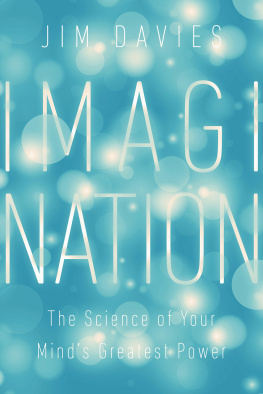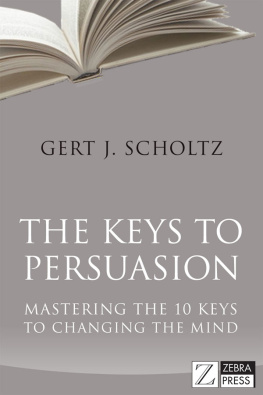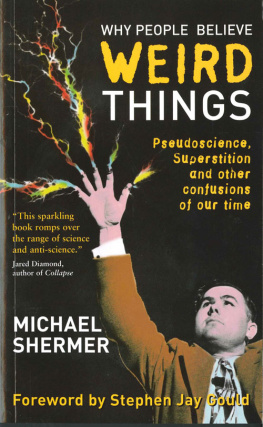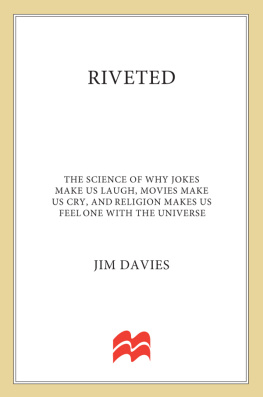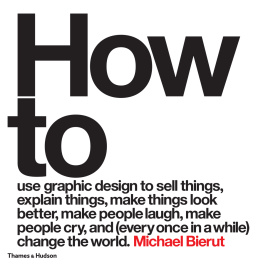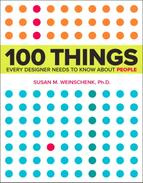Jim Davies - Riveted : the science of why jokes make us laugh, movies make us cry, and religion makes us feel one with the universe
Here you can read online Jim Davies - Riveted : the science of why jokes make us laugh, movies make us cry, and religion makes us feel one with the universe full text of the book (entire story) in english for free. Download pdf and epub, get meaning, cover and reviews about this ebook. year: 2014, publisher: St. Martin’s Press;Palgrave Macmillan, genre: Romance novel. Description of the work, (preface) as well as reviews are available. Best literature library LitArk.com created for fans of good reading and offers a wide selection of genres:
Romance novel
Science fiction
Adventure
Detective
Science
History
Home and family
Prose
Art
Politics
Computer
Non-fiction
Religion
Business
Children
Humor
Choose a favorite category and find really read worthwhile books. Enjoy immersion in the world of imagination, feel the emotions of the characters or learn something new for yourself, make an fascinating discovery.

- Book:Riveted : the science of why jokes make us laugh, movies make us cry, and religion makes us feel one with the universe
- Author:
- Publisher:St. Martin’s Press;Palgrave Macmillan
- Genre:
- Year:2014
- Rating:3 / 5
- Favourites:Add to favourites
- Your mark:
Riveted : the science of why jokes make us laugh, movies make us cry, and religion makes us feel one with the universe: summary, description and annotation
We offer to read an annotation, description, summary or preface (depends on what the author of the book "Riveted : the science of why jokes make us laugh, movies make us cry, and religion makes us feel one with the universe" wrote himself). If you haven't found the necessary information about the book — write in the comments, we will try to find it.
Why do some things pass under the radar of our attention, but other things capture our interest? Why do some religions catch on and others fade away? What makes a story, a movie, or a book riveting? Why do some people keep watching the news even though it makes them anxious?
The past 20 years have seen a remarkable flourishing of scientific research into exactly these kinds of questions. Professor Jim Davies fascinating and highly accessible book, Riveted, reveals the evolutionary underpinnings of why we find things compelling, from art to religion and from sports to superstition. Compelling things fit our minds like keys in the ignition, turning us on and keeping us running, and yet we are often unaware of what makes these keys fit. What we like and dont like is almost always determined by subconscious forces, and when we try to consciously predict our own preferences were often wrong. In one study of speed dating, people were asked what kinds of partners they found attractive. When the results came back, the participants answers before the exercise had no correlation with who they actually found attractive in person! We are beginning to understand just how much the brain makes our decisions for us: we are rewarded with a rush of pleasure when we detect patterns, as the brain thinks weve discovered something significant; the mind urges us to linger on the news channel or rubberneck an accident in case it might pick up important survival information; it even pushes us to pick up People magazine in order to find out about changes in the social structure.
Drawing on work from philosophy, anthropology, religious studies, psychology, economics, computer science, and biology, Davies offers a comprehensive explanation to show that in spite of the differences between the many things that we find compelling, they have similar effects on our minds and brains.
Jim Davies: author's other books
Who wrote Riveted : the science of why jokes make us laugh, movies make us cry, and religion makes us feel one with the universe? Find out the surname, the name of the author of the book and a list of all author's works by series.

